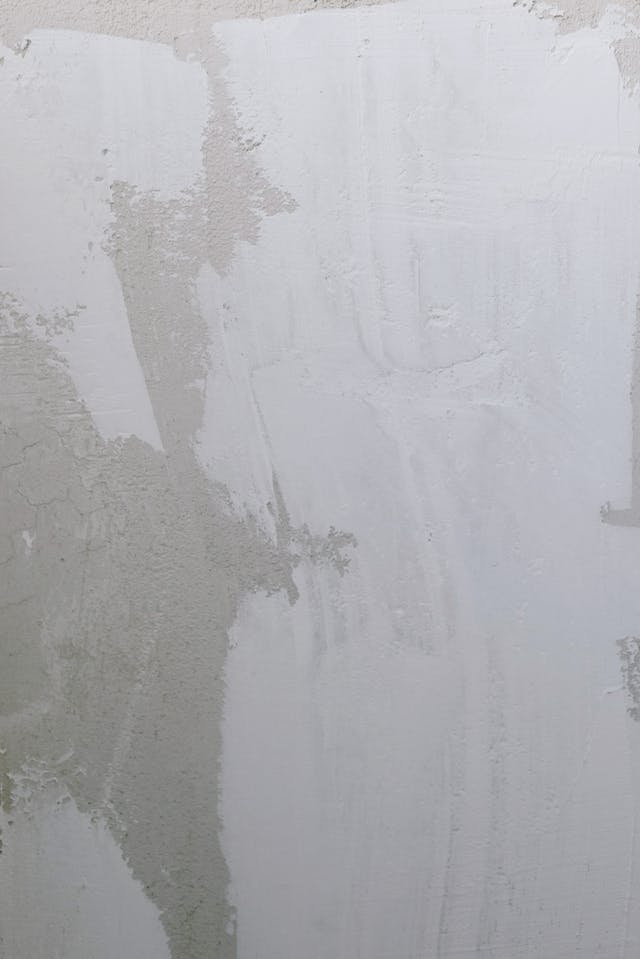In the realm of interior design, achieving a cohesive and harmonious look involves considering various elements of a space. One often underestimated pairing is the interaction between window blinds and drywalls. This article explores how the integration of these two design elements can contribute to a seamless and aesthetically pleasing home environment, where functionality meets style.
Unveiling the Canvas: Drywalls as a Blank Slate
Drywalls, often referred to as plasterboard or gypsum board, form the canvas of interior spaces. These versatile panels serve as a foundation for a range of design possibilities, from the creation of partitions to the establishment of clean, uninterrupted surfaces. The integration of window custom blind with drywalls opens up opportunities to enhance both the functionality and visual appeal of a room.
The Blank Canvas Meets Functionality: Window Blinds
Window blinds, known for their dual role in providing privacy and controlling natural light, bring an additional layer of functionality to a room. The choice of blinds can significantly impact the overall aesthetic, serving as a bridge between the architectural elements and the decor of a space.
For rooms with expansive drywall surfaces, such as living rooms or home offices, Venetian blinds offer a versatile solution. The horizontal slats of these blinds echo the clean lines of drywalls, contributing to a modern and streamlined appearance. The adjustability of Venetian blinds allows residents to fine-tune the lighting conditions, ensuring a comfortable and well-lit space.
Roller blinds, with their simplicity and versatility, complement the sleek and uninterrupted surfaces of drywalls. These blinds can seamlessly disappear into the recesses when raised, providing an unobtrusive look. Choosing roller blinds in neutral tones or patterns can add a touch of visual interest without overwhelming the simplicity of drywall finishes.
Integrating Style and Substance:
The marriage of window blinds and drywalls isn’t merely about functionality—it’s an opportunity to create a visually cohesive and stylish interior. The design choices made in terms of blinds and drywall finishes can work together to establish a unified aesthetic.
When drywalls feature textured finishes, such as stucco or brushed plaster, Roman Shades become an excellent complement. The soft folds of Roman Shades introduce a tactile element, balancing the visual texture of the drywalls with a touch of elegance. Selecting shades in complementary or contrasting colors can further enhance the overall design scheme.
Drywalls that serve as the backdrop for accent walls or focal points can benefit from the understated sophistication of cellular shades. These blinds provide insulation while their crisp, clean lines complement the modern appeal of drywalls. Opting for shades in bold colors or patterns can transform the windows into design focal points.
Innovative Integration: Hidden Mechanisms
To achieve a truly seamless look, consider integrating window blinds with concealed mechanisms into drywall recesses. Motorized blinds, with their sleek and hidden control systems, add a touch of modern luxury. With a push of a button, residents can effortlessly adjust the blinds, contributing to a clutter-free and visually appealing space.
Conclusion:
The integration of window blinds and drywalls is an exercise in achieving a harmonious blend of form and function. By carefully selecting blinds that complement the clean lines and surfaces of drywalls, residents can create a space that feels cohesive and visually striking. Whether it’s the versatility of Venetian blinds, the understated elegance of Roman Shades, or the modern convenience of motorized blinds, each option contributes to a home environment where design elements seamlessly converge, creating a canvas that is both functional and aesthetically pleasing.
